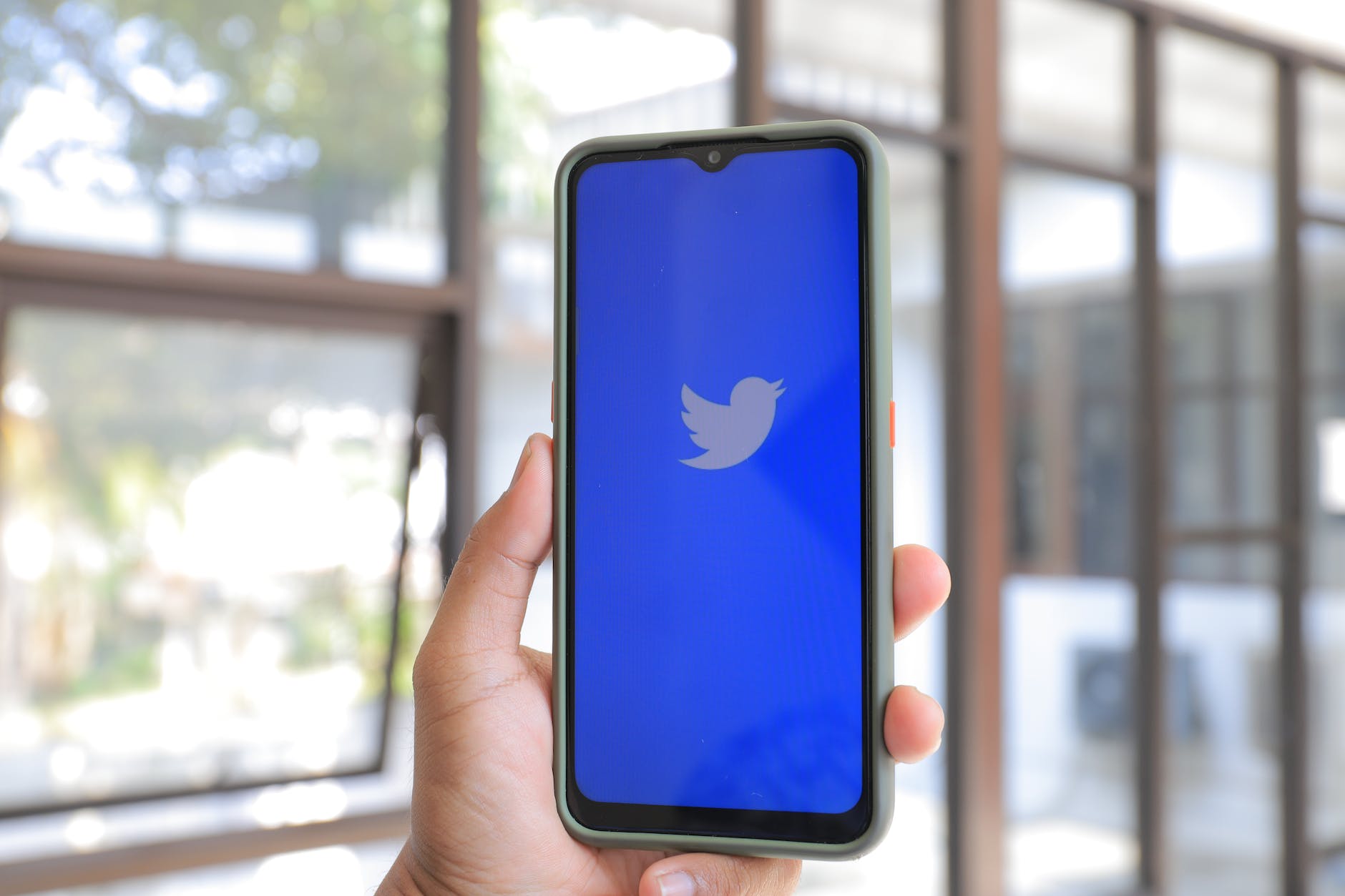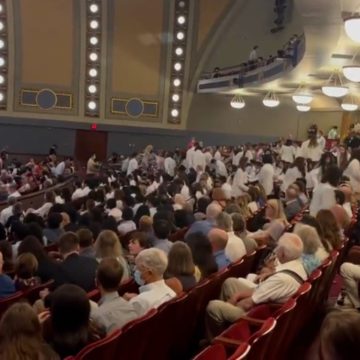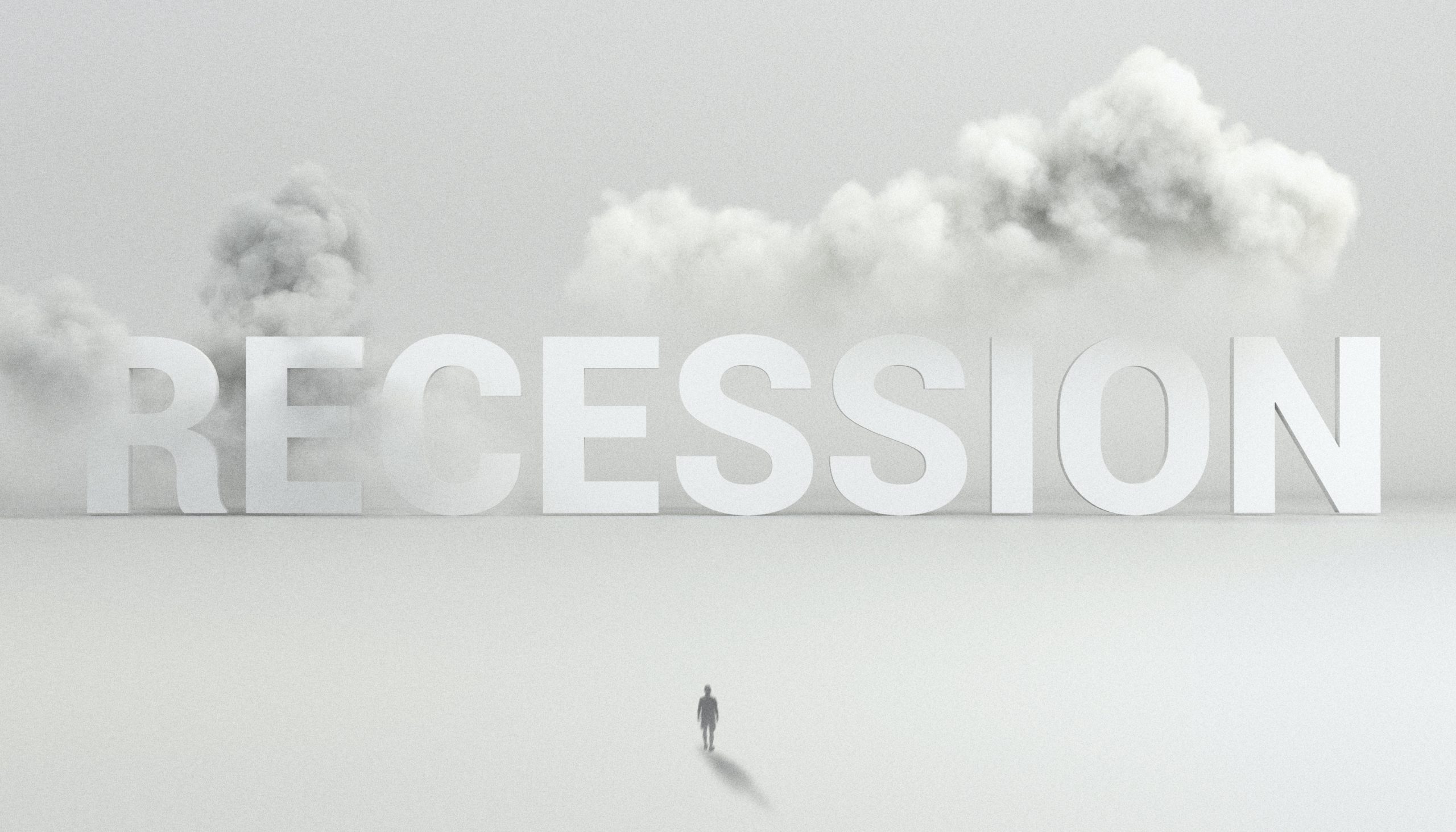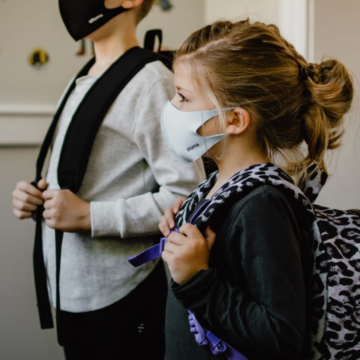In January 2020, I posted my view that the outbreak of what was to be called COVID quite possibly came by way of lab accident. It generated over 100 comments and ended at least one friendship. I popped by Facebook yesterday to circle back on that thread.
Read MorePolitics and News
#TwitterFiles: The Complete List
An index of all the Twitter Files threads, including summaries.
Read MoreWait, Twitter Knew The “Russian Bot” Narrative Was Fake… For Five Years?
In the most explosive Twitter Files yet, Matt Taibbi uncovers the agitprop-laundering fraud engineered by a neoliberal think-tank.
Read MoreSifting Through the FTX Rubble
The sudden collapse of the world’s second biggest cryptocurrency exchange in November 2022 shocked the crypto world and left more than a million creditors hanging, with the 50 biggest being owed a staggering $3.1 billion.
Read MoreFinancial Systems Come for Your Free Expression: Don’t let them.
I’ve been a PayPal customer for more than a decade, but closed my account last week. 2022 has shown glimpses of what a social credit system might look like in America. Decentralized, yet singular in ideology.
Read MoreMedicine Should Be About Care, Not Self-Righteousness
On the unwillingness of University of Michigan medical school students to hear views that might conflict with their own.
Read MoreRecession: What’s in a Name?
The White House kicks off its effort to change the most commonly accepted criterion of recession: two or more successive quarters of negative GDP growth.
Read MoreWashingtonians, How’s your State of Emergency Going?
Governor Jay Inslee of Washington was the first to declare a State of Emergency, and he may be the last one to rescind it. “Never let a crisis go to waste” has a corollary, and that is: “Preserve the crisis.”
Read MoreWe Need to Talk About The Crisis in Young American Men
There’s a conversation we’re not having. How are the young men doing in your life?
Read MoreSeattle’s 50,000 School Kids Are Odds-On Favorite to be Last on the Planet to Unmask
When A demands something of B and withholds the freedoms of C to get it, don’t we call that a hostage situation?
Read More








